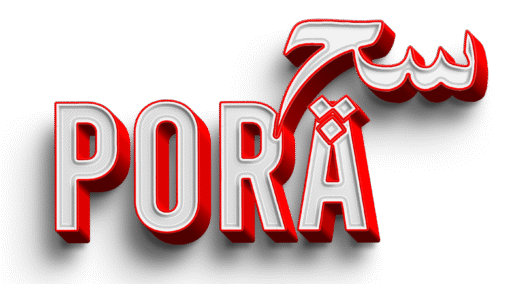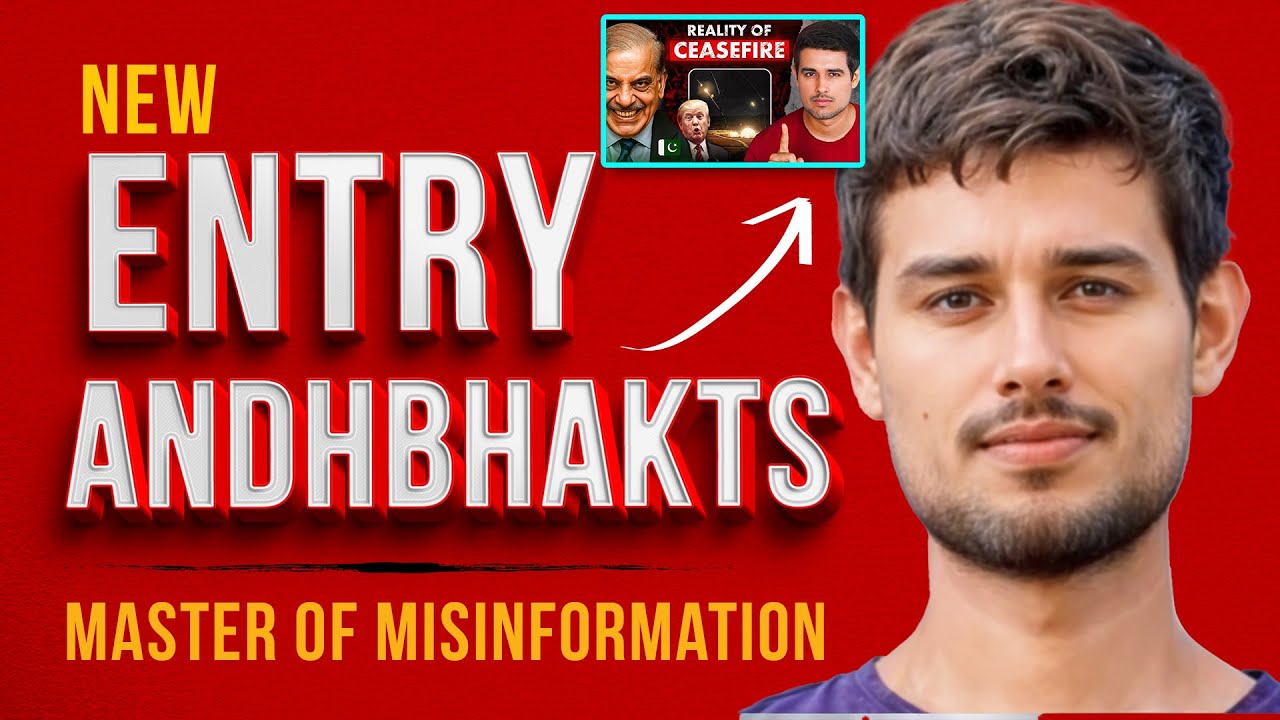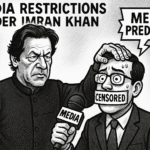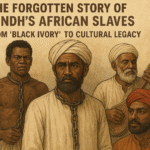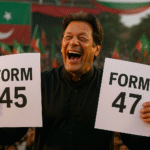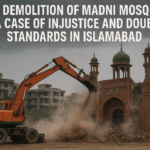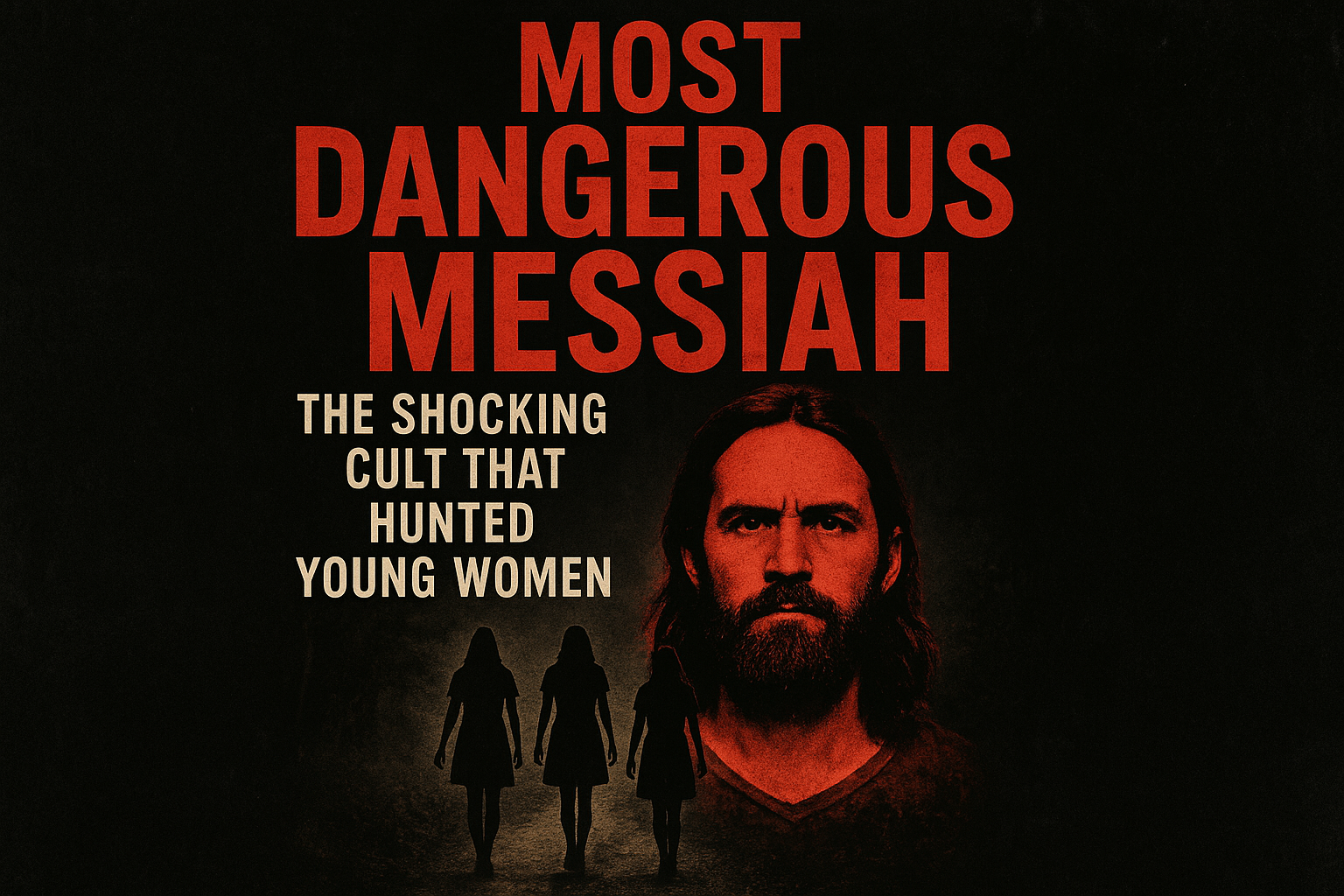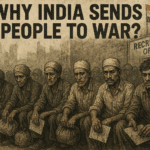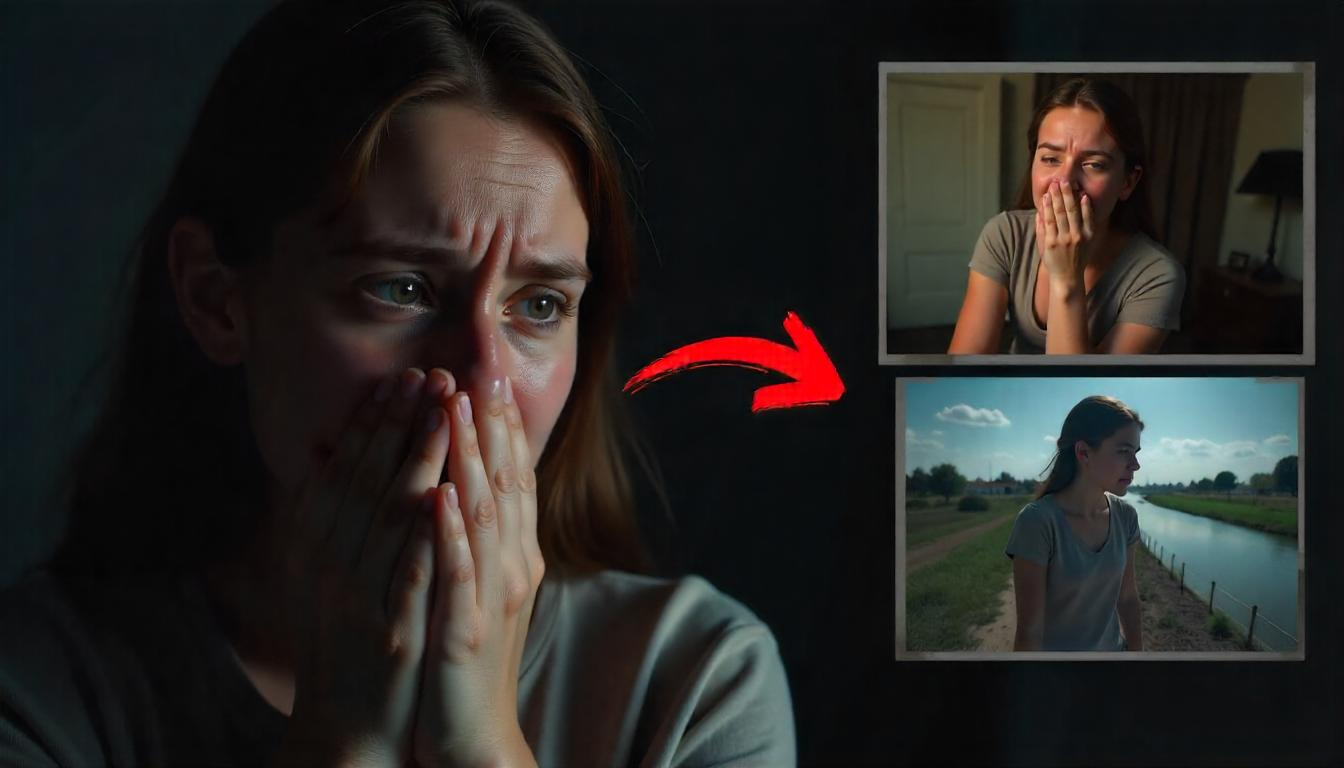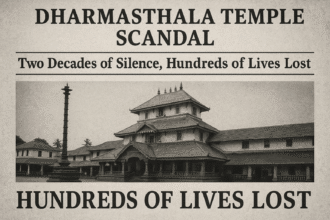Unveiling Errors in Dhruv Rathee’s Video: A Fact-Check on Rauf Azhar and More
Dhruv Rathee, a prominent Indian YouTuber with over 34 million subscribers as of January 2025, is known for his incisive political commentary and fact-checking videos. However, his recent video on India-Pakistan relations, particularly concerning ceasefire violations, has sparked controversy for alleged inaccuracies. Critics, including Pakistani journalist Mansoor Ali Khan and others, have pointed out significant errors, such as misnaming a key figure and using questionable sources, raising concerns about the reliability of Rathee’s content. With his massive reach, these mistakes could mislead millions. This article examines the specific errors in Rathee’s video, evaluates their impact, and underscores the responsibility of influential content creators to prioritize accuracy.
The Rauf Azhar Misnaming Controversy
One of the most glaring errors in Dhruv Rathee’s latest video is his reference to Abdul Rauf Azhar, a key figure in the Pakistan-based militant group Jaish-e-Mohammed (JeM), as “Abdul Rauf.” According to critics, while the correct name, “Abdul Rauf Azhar,” appeared on the screen, Rathee verbally misnamed him, potentially causing confusion. Abdul Rauf Azhar, the younger brother of JeM founder Masood Azhar.
This misnaming, though seemingly minor, is problematic for several reasons. First, it risks undermining the credibility of Rathee’s analysis by suggesting a lack of attention to detail. Second, in the context of discussing terrorism—a sensitive and geopolitically charged topic—accuracy in identifying key figures is critical to avoid misrepresenting facts. Critics argue that such errors could dilute the severity of Abdul Rauf Azhar’s actions or confuse viewers unfamiliar with the context.
The Fabricated Tweet Allegation
Another point of contention is Rathee’s alleged use of a fabricated tweet attributed to a political figure to bolster his narrative. According to posts on X and critiques from channels like PoraSuch, Rathee referenced a tweet that was not authentic, using it to frame his argument about India-Pakistan relations or ceasefire violations. The specifics of the tweet’s content—whether it related to children, a mosque, or another issue—are unclear, as the original video and critiques do not provide verbatim details. However, the accusation suggests that Rathee relied on unverified or manipulated social media content, which is a serious lapse for a YouTuber known for fact-checking.
Using fabricated or unverified sources undermines the integrity of Rathee’s analysis. With 34 million subscribers, his videos shape public opinion on complex issues like India-Pakistan tensions. If the tweet was indeed fabricated, it could mislead viewers into accepting a skewed narrative, particularly on sensitive topics like terrorism or cross-border conflicts. This raises questions about Rathee’s research process and whether he adequately verifies sources before presenting them to millions.
Claims About Children and Mosques
The critique also mentions Rathee’s claims about “children or a mosque,” suggesting these were either inaccurate or misleading. Without direct access to the video’s transcript, it’s challenging to pinpoint the exact claims. However, based on the context of India-Pakistan relations and ceasefire violations, Rathee may have referenced incidents involving civilian casualties (e.g., children) or damage to religious sites (e.g., a mosque) to highlight the human cost of conflict. Critics argue that these claims were either exaggerated or lacked sufficient evidence, potentially inflaming tensions or misrepresenting the situation.
For instance, Pakistani journalist Mansoor Ali Khan, in his response to Rathee’s video, argued that it presented a one-sided perspective, lacking historical context and nuance about ceasefire agreements. Khan emphasized that Rathee’s 22-minute video failed to address the multifaceted realities of India-Pakistan relations, which could mislead viewers into accepting a simplified narrative. If Rathee’s claims about children or mosques were not backed by verified data—such as official reports or credible news sources—they risk fueling misinformation, especially in a region where such topics are highly sensitive.
The Responsibility of 34 Million Subscribers
With a following of over 34 million subscribers and 6 billion views across his channels, Dhruv Rathee wields significant influence. His videos, known for simplifying complex political and social issues, reach a broad audience, particularly Indian youth. This reach comes with a responsibility to ensure accuracy, especially when addressing volatile topics like terrorism or geopolitical conflicts. Errors like misnaming Abdul Rauf Azhar or relying on a fabricated tweet can have far-reaching consequences, including:
-
Misinforming Viewers: Inaccurate details can shape false perceptions about critical issues, influencing public opinion or even policy debates.
-
Amplifying Tensions: Missteps in discussing India-Pakistan relations can exacerbate mistrust, particularly when unverified claims involve sensitive topics like children or religious sites.
-
Damaging Credibility: For a YouTuber who positions himself as a fact-checker, such errors undermine trust in his content.
Rathee has faced similar criticism in the past. For example, a 2020 OpIndia article accused him of misleading fact-checks about the Tablighi Jamaat during the COVID-19 pandemic, alleging he downplayed verified incidents to push a narrative. Similarly, a 2018 fact-check by FactHunt.in highlighted instances where Rathee allegedly spread misinformation, such as mocking a scientifically valid statement by Tripura CM Biplab Deb. These recurring critiques suggest a pattern of selective reporting or inadequate verification, which is particularly concerning given his massive platform.
Counter-Narratives and Alternative Sources
Critics, including the YouTube channel PoraSuch, recommend alternative sources for “truthful analyses,” such as Ahmed Fozan, Mansoor Ali Khan, The Quint, Shyam Meera Singh, Engineer Muhammad Ali Mirza, The Wide Side, Kay Rated, and Rohit Upadhyay. These outlets, particularly Mansoor Ali Khan, have challenged Rathee’s video for its lack of nuance. Khan’s critique, aired on May 15, 2025, argued that Rathee’s portrayal of Pakistan’s role in ceasefire violations ignored historical complexities, such as mutual violations or external influences.
The Quint, often cited by Rathee in past videos, has itself faced scrutiny for inconclusive or misleading fact-checks, as seen in the 2020 Sheru Mian case, where it downplayed a verified incident of a vendor spitting on vegetables. This raises questions about the reliability of recommended sources like The Quint, suggesting viewers should cross-check multiple outlets, including primary sources like government reports or international news agencies (e.g., BBC, Al Jazeera).
The Bigger Picture: Fact-Checking the Fact-Checker
Dhruv Rathee’s appeal lies in his ability to present complex issues in an engaging, accessible format, often using animations and data visualizations. However, his critics argue that his videos sometimes prioritize narrative over accuracy, as seen in past controversies like the Delhi riots analysis (2020) or the distorted map of India (2022). The Rauf Azhar misnaming and the alleged fabricated tweet add to this pattern, highlighting the need for viewers to verify his claims independently.
The broader issue is the responsibility of influencers in an era where digital platforms outpace traditional media in reach. YouTube, with 460 million users in India, is a primary news source for many, surpassing mainstream channels. Errors by influencers like Rathee can spread rapidly, especially when amplified by social media echo chambers. As Pakistani commentators like Syed Muzammil Shah and Faisal Warraich have noted, such missteps can perpetuate stereotypes or oversimplified narratives, like reducing Pakistanis to “bhikaristan” or Muslims to “madrassachaps.”
Conclusion: The Truth Matters
Dhruv Rathee’s latest video, with its errors in naming Abdul Rauf Azhar and allegedly using a fabricated tweet, underscores the challenges of maintaining accuracy in high-stakes content creation. While his intent to highlight issues like ceasefire violations or terrorism is commendable, the mistakes risk misleading his 34 million subscribers. Claims about children or mosques, if unverified, further complicate the narrative, potentially inflaming tensions in an already volatile India-Pakistan context.
Viewers are encouraged to approach Rathee’s content—and all digital media—with skepticism, cross-checking claims against primary sources like government statements, UN reports, or credible journalism. Channels like Mansoor Ali Khan and Ahmed Fozan offer alternative perspectives, but they too must be scrutinized for bias. The truth, as always, lies in diligent fact-checking and critical thinking.
What do you think? Did Rathee’s mistakes undermine his video’s credibility, or are they minor oversights in a broader effort to inform? Share your thoughts and explore diverse sources to uncover the full story.
